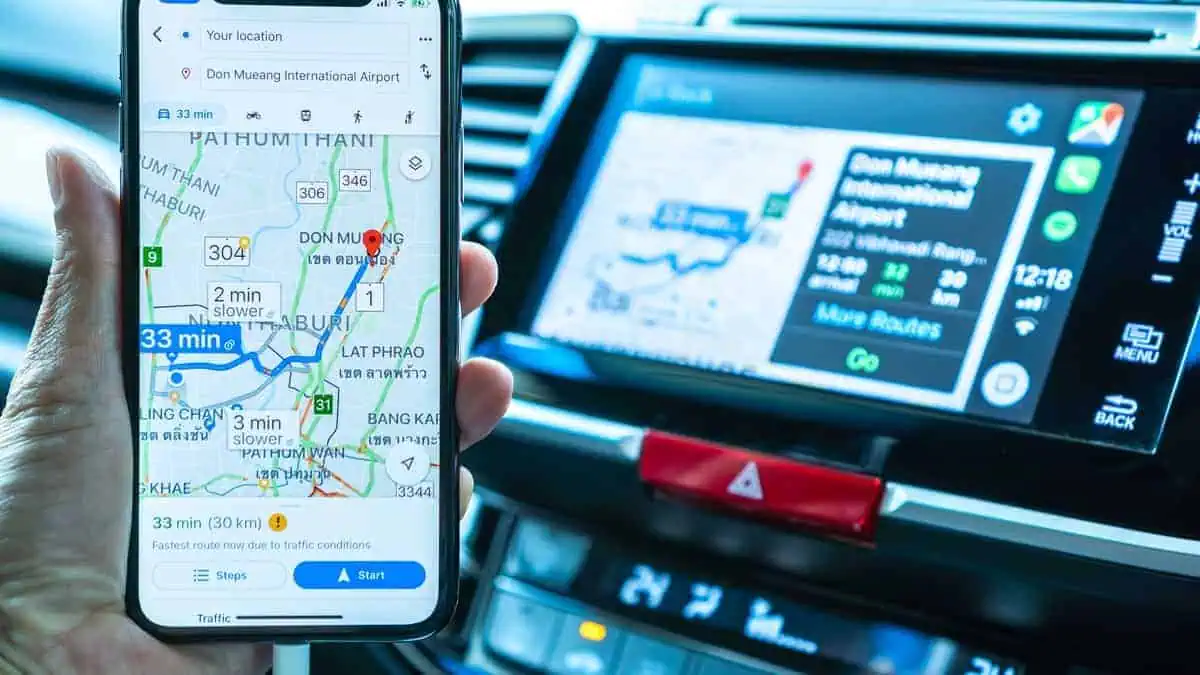Automakers must continuously consider the specific needs of electric vehicle owners in enhancing their mobile app connectivity to deliver a better user experience, according to a new study conducted by consumer intelligence company J.D. Power.
Study finds strong growth in automakers’ mobile app usage
The J.D. Power 2024 U.S. OEM EV App Report revealed that the number of electric vehicle owners using automakers’ mobile apps continues to grow.
In fact, 90% of EV owners admitted they use these mobile apps to enjoy a more convenient ownership. This rate shows a notable increase from 88% in 2023 to 81% in 2022. Moreover, 67% of the respondents revealed that they utilize their brand’s mobile app at least “half of the time they drive.”
These high rates show the growing significance of such mobile apps in aiding EV owners in various matters, including overall charging, car status, and remote control functionality.
Despite these continuous growths, J.D. Power still encourages automakers to sustain the improvement of their mobile apps to enable better user experience.
“The overall experience and performance of electric vehicle mobile apps has improved year over year, as manufacturers continue to identify areas of opportunity, including feature contenting, usability and overall connectivity. However, a continued focus on the specific needs of EV owners is needed to further improve the user experience and trust.”
Jason Norton, director of benchmark consulting at J.D. Power
Key findings of the study
Presented below are the key findings of the J.D. Power 2024 U.S. OEM EV App Report in four various points:
- App connectivity focused – 40% of non-Tesla owners suffered from a connection problem (down 44% YoY), while Tesla owners increased from 30% to 35% YoY. The data implies that growing app usage puts pressure on the Musk-led company’s app network capacity.
- Feature driven – 20 out of the 25 most common app features are desired by over 70% of EV owners, with almost all charging-related features being more desirable than in previous years.
- Continuing effect on EV shoppers – 62% of Tesla owners said the mobile app moderately affected their purchase decision. In comparison, non-Tesla owners with the same experience were only 34%. Moreover, 21% of Tesla owners experienced a major effect compared to just 8% among other brands.
- Dealership effect on satisfaction – 72% of EV owners benefitted from dealership support (up 2 percentage points YoY). Almost 88% of luxury EV owners (excluding Tesla) received some type of support compared to only 74% of mass-market EV users.
Overall customer satisfaction index ranking: Tesla leads in the premium segment
Presented below are the top mobile apps in the premium brand segment (based on a 1,000-point scale):
| Brand | Score |
| Tesla | 847 |
| Mercedes me connect | 843 |
| My BMW | 834 |
| Genesis Intelligent Assistant | 833 |
| My Porsche | 800 |
| myCadillac | 795 |
| Rivian | 793 |
| Lexus | 784 |
| Premium Average | 774 |
| Lucid Motors | 764 |
| myAudi | 754 |
| Volvo Cars | 717 |
| Jaguar | 671 |
| Polestar | 626 |
Meanwhile, here are the rankings for the mass-market brand app:
| Brand | Score |
| MyHyundai with Bluelink | 835 |
| Kia Access | 829 |
| FordPass | 810 |
| myGMC | 795 |
| MyNISSAN | 787 |
| Toyota | 784 |
| Mass Market Average | 757 |
| MINI | 747 |
| FIAT | 729 |
| myChevrolet | 727 |
| myVW | 680 |
| VinFast | 680 |
| SUBARU SOLTERRA CONNECT | 677 |
J.D. Power urges automakers to bolster app development
J.D. Power continues to promote development in automakers’ mobile apps to improve electric vehicle ownership.
Overall, mobile apps can make an EV more user-friendly, efficient, and convenient. For instance, they allow owners to remotely monitor their EVs’ battery level and charging status or even control charging sessions.
Mobile apps also allow trip planning and navigation to alleviate range anxiety among owners. Some of these apps also display real-time data about the EV’s health, informing owners of potential issues that need attention.
These are just among the significant advantages of automakers’ mobile apps for owners. Therefore, automakers must continuously improve their apps to meet their valuable customers’ growing and varying needs.






